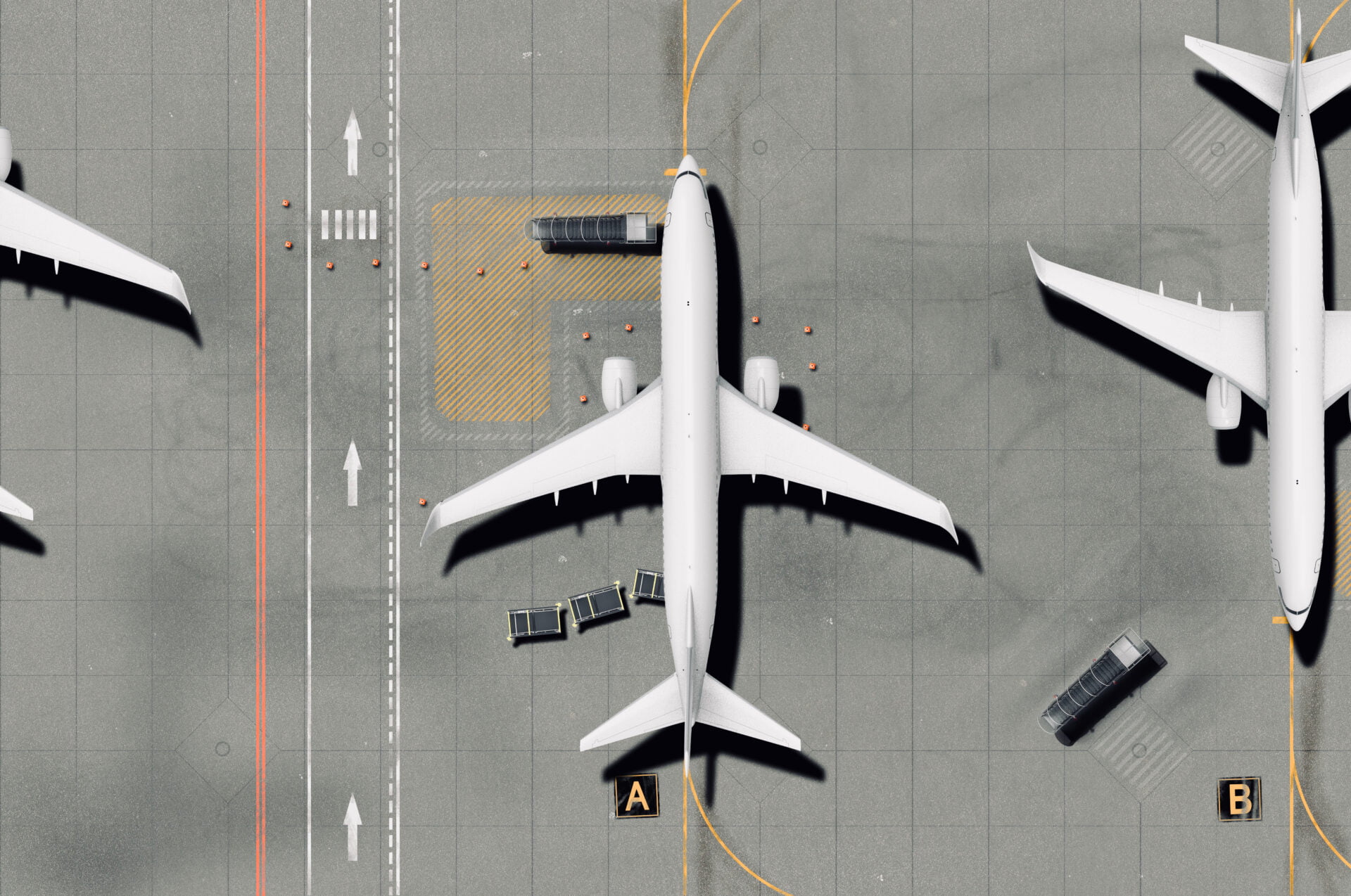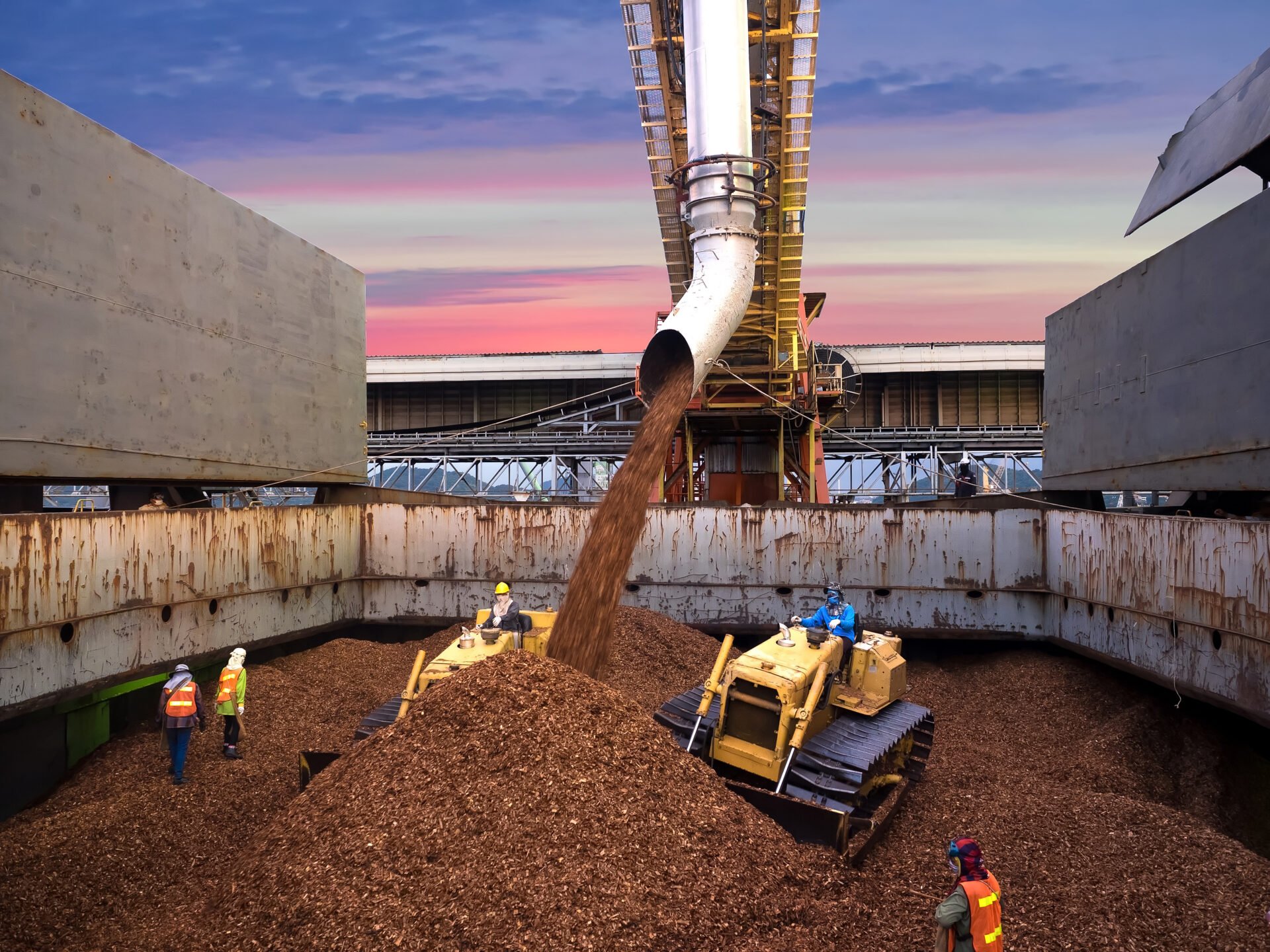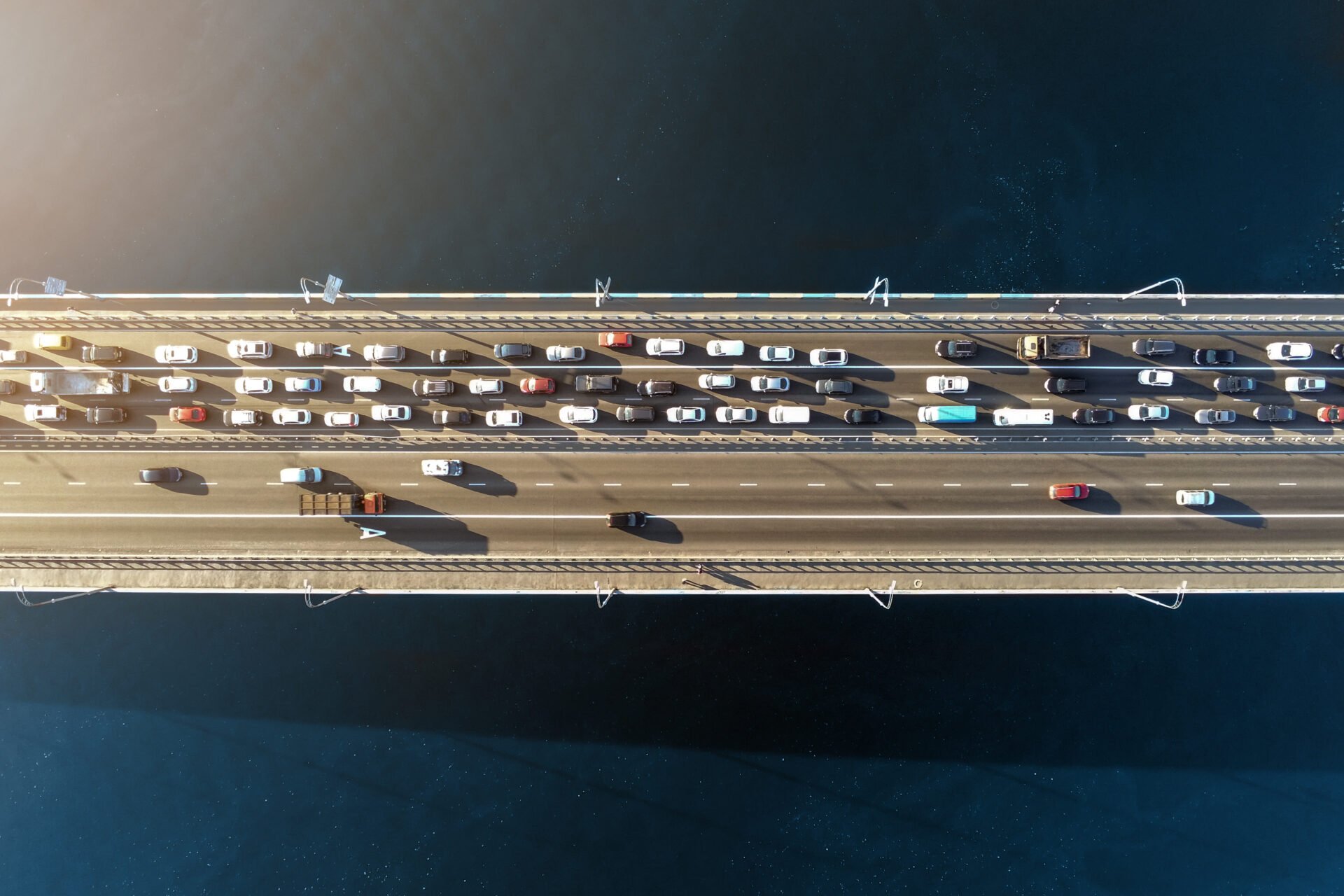5 Advantages of AI Applied to Aircraft Noise
Aircraft noise has long plagued communities near airports, disrupting the peace and tranquillity of everyday life. This problem is growing, especially for residents in Ireland. A recent report from the DAA revealed 608 i...

Aircraft noise has long plagued communities near airports, disrupting the peace and tranquillity of everyday life. This problem is growing, especially for residents in Ireland. A recent report from the DAA revealed 608 individuals filed a complaint about noise from planes taking off or landing, compared to only 174 in 2021.
However, the convergence of artificial intelligence (AI) and aircraft noise impact assessment is poised to transform the way we address this issue. In this article, we explore the advantages of AI in mitigating aircraft noise pollution and restoring serenity to affected communities.
Understanding the Impact of Noise Pollution
Noise pollution not only disrupts the tranquility of residential areas but also poses significant health risks, including stress, sleep disturbances, and cognitive impairments. According to research and data from the World Health Organisation longterm exposure aircraft noise can have negative effects on children’s health. Among the results of the research, it was found that there is consistent evidence that:
- long-term noise exposure impairs cognitive function
- a slightly more restricted link between noise exposure and decreased motivation and well-being
- there is modest evidence of impacts on blood pressure and catecholamine hormone release.
This is particularly problematic for families with young children who are exposed to aircraft noise on a regular basis.
In order to effectively tackle this issue, it is essential to have precise data on the noise levels generated by aircraft operations. Traditional noise monitoring systems rely on a limited number of fixed sensors, resulting in incomplete and generalised information. This is where AI technology steps in to revolutionise the assessment process.
1. Precise Aircraft Noise Modelling and Prediction
AI algorithms can be trained to create sophisticated noise models based on historical data, enabling accurate prediction of future noise levels. These models can then consider variables such as airport operations, air traffic, and weather conditions, providing valuable insights into potential noise hotspots and enabling proactive mitigation strategies. By identifying areas that may experience higher noise levels, policymakers can implement targeted measures to alleviate noise pollution and protect affected communities.
In addition, incorporating real-time data into these AI algorithms can improve their predictive capabilities. Along with rapid changes in weather conditions and live air traffic updates, this real-time data could also include noise complaints from the local population. These AI systems’ agility enables an adaptable reaction to changing noise circumstances, guaranteeing that noise reduction strategies are both fast and effective.
As well as this, because these models employ machine learning techniques, they constantly learn from new data and evolve to become even more accurate forecasters over time. This continuous development is vital for adapting to changing air traffic patterns and urban environments.
2. Optimised Flight Paths and Operations
The use of noise detection algorithms is revolutionising measurement processes. By employing AI tools specifically designed for measuring aircraft noise, we can achieve a substantial improvement in both the accuracy and speed of noise measurement.
However, AI-powered aircraft noise impact assessment goes beyond merely measuring noise levels. It can also contribute to optimising flight paths and operations to minimise noise pollution.
By analysing data on noise propagation and the impact of various aircraft configurations, AI algorithms can suggest alternative flight routes and operational procedures that reduce noise exposure for affected communities. These optimisations balance economic development and environmental sustainability, offering a win-win situation for all stakeholders.
Integrating AI in regulations
Furthermore, integrating AI into noise control regulations allows for a more adaptable approach to monitoring. Regulations may now be adjusted according to current noise levels and their effects due to real-time data analytics. This eliminates the need for outdated models or assumptions.
As well as this, AI facilitates the development of customised noise reduction plans that factor in the unique geographic and demographic features of each community. By concentrating on the needs of the most negatively impacted populations, this individualised approach ensures that noise mitigation measures are both appropriate and effective.
In the long run, the use of AI in aircraft noise management represents a significant advancement in our comprehension and alleviation of environmental effects. It also encourages a shift towards more sustainable and accommodating urban environments.
3. Better Public Engagement and Decision Making
The integration of AI in noise impact assessment enhances transparency and public engagement. By providing accurate and easily accessible information on noise pollution, communities can actively participate in the decision-making process.
AI-powered platforms can offer various ways to empower residents to voice their concerns. These can include:
- interactive maps
- real-time noise monitoring
- predictive tools
These measures allow citizens to propose suggestions, and collaborate with policymakers and airport authorities to find viable solutions. This increased transparency builds trust and fosters a sense of ownership, leading to more effective noise mitigation strategies.
API driven strategies
Specific strategies for aircraft noise based on data from API could be developed. Subsequently, these AI-driven projects could go on to incorporate public education modules that explain the specifics of noise pollution and its effects.
By clarifying the technical aspects of noise measurement and control, these educational initiatives may encourage more informed community discussion. AI can also assist in gathering community feedback via online platforms. This will make it simpler for locals to take part in public forums and polls.
All of this can result in a more detailed understanding of the requirements and preferences of the community. Such an understanding guarantees that noise reduction techniques are not only successful, but also compatible with the local community’s goals and expectations for the future.
4. Improved Mitigation Strategies for Aircraft Noise
Traditional approaches often rely on generalised noise reduction measures, but AI algorithms can analyse intricate noise patterns and identify specific factors contributing to noise pollution in real-time. By considering variables such as flight paths, aircraft types, and environmental conditions, AI-powered systems generate insights that enable tailored mitigation strategies.
This could involve adjustments to flight routes, changes in aircraft configurations, optimised operational procedures, or targeted implementation of noise barriers. AI’s adaptability and continuous learning ensure that these strategies remain relevant and effective over time, resulting in more efficient and comprehensive noise reduction efforts.
In addition to this, AI is also capable of forecasting future patterns in noise by examining data from other sources. Examples of these sources may include:
- global air traffic patterns
- urban development plans
- weather reports
These predictive skills enable proactive rather than reactive noise reduction measures by enabling anticipatory modifications. For example, if an AI system predicts that a planned city expansion would result in a notable rise in noise levels, the authorities can take preventative measures well in advance to reduce this impact.
A collaborative platform
Furthermore, by offering a single platform for data exchange and analysis, AI can boost cooperation among different stakeholders, including community organisations, urban planners, and airport authorities. Through this collaboration, it can be ensured that all parties are aware of the situation and able to contribute to a thorough noise control plan.
5. Community Wellbeing
By accurately assessing and mitigating aircraft noise, AI helps reduce the negative effects of noise pollution on community members’ health and quality of life. Since, accurate noise assessment provided by AI enables a deeper understanding of the extent and distribution of noise pollution in affected areas, targeted noise reduction measures can be taken.
Decreased exposure to disruptive noise means reduced stress levels and noise-induced health issues among residents. Lower stress levels have a cascading effect on overall health, promoting better sleep patterns, improved cognitive function, and enhanced mental well-being for exposed communities.
Accurate noise control also allows the allocation of resources for public health and urban planning projects to become more efficient. Authorities may promote initiatives where they are most needed by identifying the most afflicted locations, resulting in a more equal allocation of efforts to address noise pollution.
In addition, the information acquired by AI may influence long-term plans for urban growth, resulting in the creation of more peaceful calmer city environments. This not only helps current population, but it also makes these areas more appealing and accessible for future generations, opening the door to healthier, more sustainable urban settings.
Final Thoughts on the Benefits of AI for Aircraft Noise
With AI as our ally, aircraft noise impact assessment is undergoing a revolution. AI’s predictive capabilities and precise noise modelling empower us to proactively mitigate noise pollution.
Moreover, AI optimises flight paths, engages communities, and tailors mitigation strategies, leading to more harmonious coexistence between aviation and affected neighbourhoods. Through AI’s transformative power, we are poised to restore tranquillity and enhance the well-being of communities impacted by aircraft noise.



